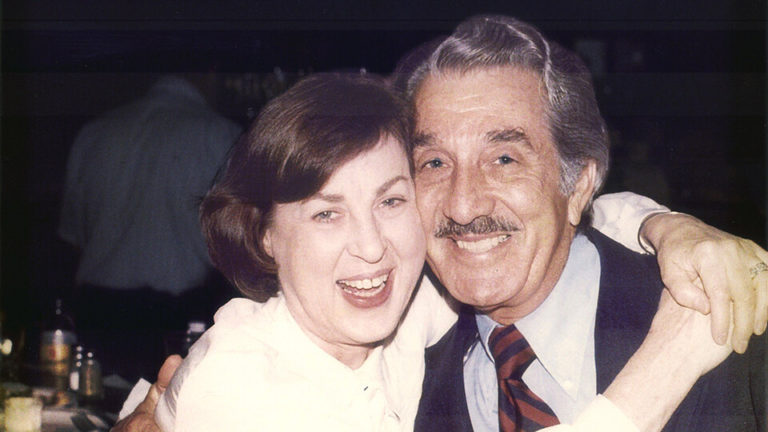
Meier Foundation announces multimillion-dollar gift for NU scholarships
The Donald and Lorena Meier Foundation of Chicago is making a major gift to the University of Nebraska Foundation to create four endowed student scholarship

The Donald and Lorena Meier Foundation of Chicago is making a major gift to the University of Nebraska Foundation to create four endowed student scholarship
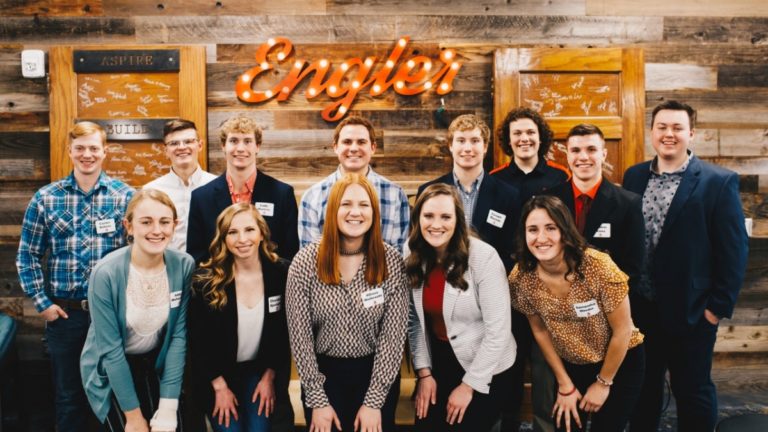
This post originally appears on IANR News. Want to support the Engler Agribusiness Entrepreneurship Program directly? Then follow this link to make a gift today!

This story originally appeared on the UNL website. “The department’s faculty and staff share a passion for positively impacting the lives of others, and they

This article was originally written by Kerry McCullough-Vondrak | Architecture College of Architecture pursuing a whole new look by 2023 Busting at the seams with
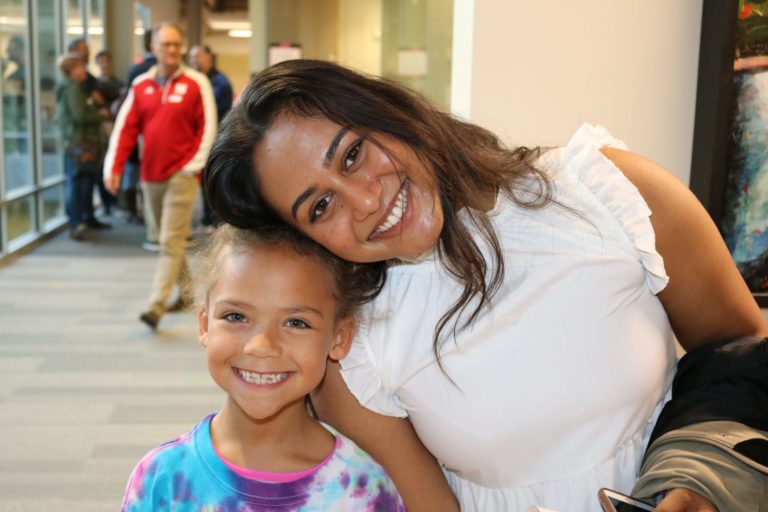
Hannah, originally from South Dakota, started out her college career like most college students by starting in one college then finishing in another. But her

“It’s a certain pride, having gone to the university and to be affiliated with it. We talk proudly about how great of an experience it

UNL alumna Willa Cather survived a pandemic from 1918-1920.

A UNL business professor who studies pandemics is applying the science of data and supply chain management to difficult questions.
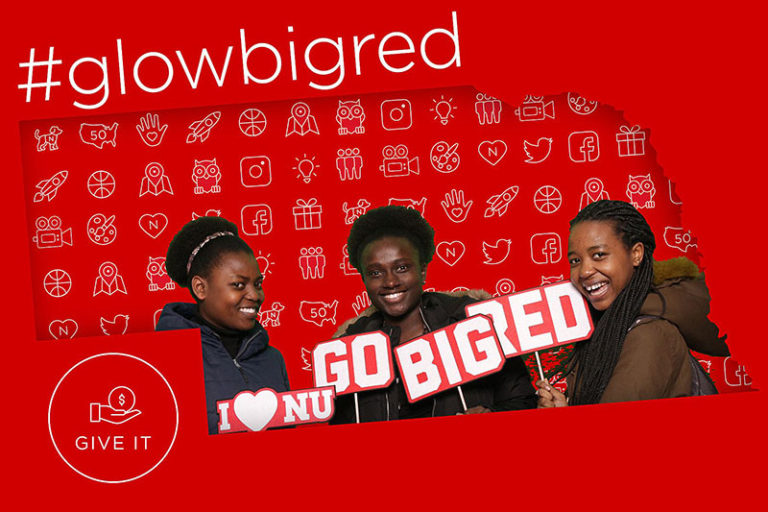
Husker fans and supporters from across the United States and three continents demonstrated their pride for the University of Nebraska‒Lincoln during the second annual Glow

A replica of Barbourofelis fricki, an ambush predator that stalked camels, horses and other prey across Nebraska roughly 7 million years ago, is a centerpiece
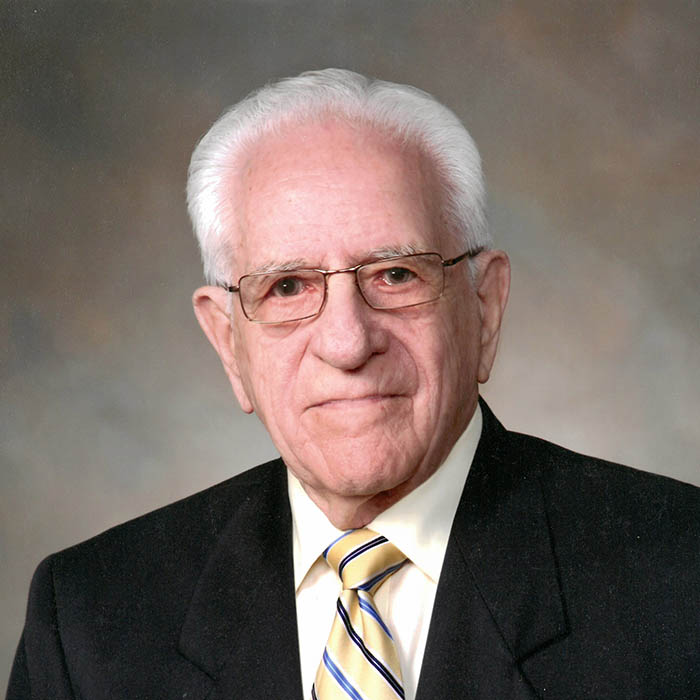
Group’s total contribution now exceeds $215,000 since 2014.

One in three students at Nebraska worries about not having enough food to eat. Gifts will help the Huskers Helping Huskers Pantry+ by providing free